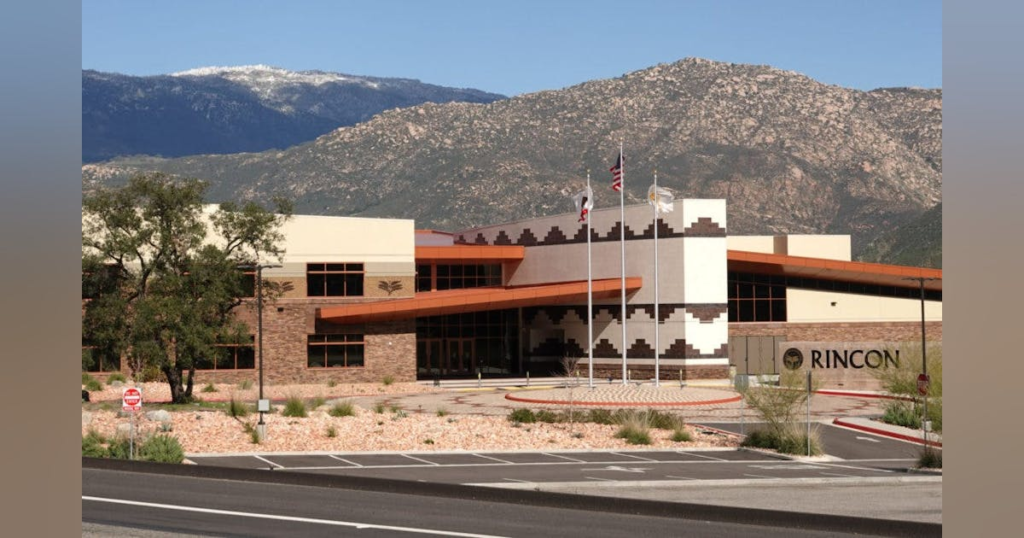Long-duration energy storage (LDES) is ideal for applications where power is needed for extended periods, particularly when renewables or distributed energy resources aren’t producing electricity, according to Jana Gerber, president of Microgrid North America at Schneider Electric. These technologies enhance microgrid resiliency.
The U.S. military is keen on deploying LDES at mission-critical facilities to withstand cyberattacks and extreme weather, Gerber noted.
In California, where wildfires cause outages and public safety power events, the California Energy Commission (CEC) collaborates with Indian Energy, a Native American-owned microgrid developer. They aim to understand LDES technologies through various grants.
How LDES Helps Tribal Communities
For outage-prone tribal communities, LDES plays a crucial role. These communities aim for energy resilience through microgrids and renewable energy, seeking control over their energy future and reduced costs.
LDES technologies can store electricity for over 10 hours, whereas common utility-scale lithium-ion batteries store between 1.7 to 4 hours, according to the U.S. Department of Energy (DOE).
Options for LDES include chemical, thermal, and electrochemical technologies. Most are scalable, modular, and use inexpensive, abundant materials, posing less fire risk than lithium-ion batteries.
Targeting Lower LDES Costs
LDES providers aim to reduce technology costs, with the DOE targeting $50/kWh. Larry Zulch, CEO of Invinity Energy Systems, stated their vanadium flow batteries’ costs are now below $100/kWh. ESS, offering iron flow batteries, expects costs to drop below $200/kWh by 2030, according to Hugh McDermott, senior VP at ESS.
Solar Microgrid with LDES for Rincon Reservation
The CEC funded an 18-battery vanadium flow project by Invinity, with a total capacity of 4 MWh, in a solar microgrid for the Rincon Band of Luiseño Indians near Valley Center, California. PowerFlex will install these batteries near a new 1-MW expansion of an existing photovoltaic array to store excess solar energy for day or night use.
Jan Petrenko, Invinity’s regional manager, stated the microgrid’s solar capacity is 96 MW, adding to the current 1 MW on the reservation. Without using diesel or other fuels, the microgrid can operate independently for up to 10 hours, reducing demand charges for San Diego Gas & Electric.
Testing LDES at Air Station Miramar
Marine Corps Air Station Miramar’s Rapid Integration and Commercialization Unit (RICU) is testing advanced LDES technologies in utility-scale microgrids. This effort is a collaboration between Indian Energy, the CEC, and the Department of Defense. A second research phase, funded by a $4.85 million CEC agreement, includes ESS battery, Viridium battery, EOS zinc-based aqueous liquid battery, and Amber Kinetics’ supercapacitor and flywheels.
Craig Reiter, general manager at Maada’oozh, noted that the studies might lead to multiple LDES technologies at a single site due to their varied power supply advantages.
Besides the CEC, the U.S. DOE supports LDES projects. The DOE’s Loan Programs Office committed to a $72.8 million partial loan guarantee for a solar plus LDES microgrid for the Viejas Band of the Kumeyaay Indians, which includes a 10-MWh Invinity flow battery system funded by a $31 million grant for Indian Energy to provide 100% renewable backup power.
LDES Fares Better in Specific Applications
LDES technologies are essential for deploying intermittent renewable resources, enhancing grid resilience, and reducing fossil fuel reliance.
However, their cost-effectiveness varies by application. A CEC study found that LDES supports bulk grid decarbonization and environmental justice projects cost-effectively. Yet, customer microgrid resilience requirements might make them less economical.
“New revenue streams, electric tariff structures, and incremental environmental policies could shift the economics of LDES microgrids,” the report noted. “Tariff reforms shifting from volumetric to fixed costs would hurt microgrids, while real-time pricing reforms would benefit them.”
Original Story at www.microgridknowledge.com
